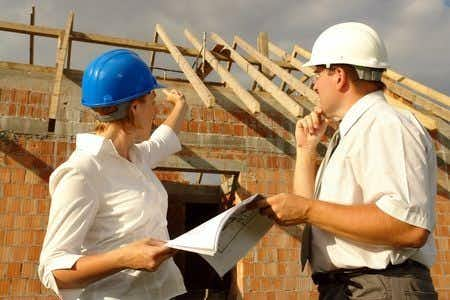A civil engineering expert witness advises on a case involving the design and construction of a commercial building in New Hampshire. Plaintiffs engaged defendant civil/structural engineer and his firm to design a concrete foundation for a pre-engineered metal building. Plaintiff alleges the design was defective, which resulted in cracking and damage to the building that must now be repaired.
Plaintiffs assert claims of professional negligence and breach of contract.
Question(s) For Expert Witness
1. What standards apply to this type of construction?
2. Were those standards breached? How were they breached?
Expert Witness Response
We performed two field evaluations which included collecting field data, measurements, and photographic documentation to ascertain the as-built conditions of the structure and to document distress to the structure's slab.
It is my opinion that the design of the foundation of the subject structure prepared by defendant engineer and his company violated the 2003 International Building Code as amended by the city and was not in conformance with nationally recognized standards including the Guide for Concrete Flooring and Slab Construction (ACI 302.1R-96). A licensed professional engineer adhering to reasonable standards of professional care would not have committed the following acts, errors, or omissions in the design of the foundation of the subject structure as itemized herein. It is our opinion that the defendants failed to adhere to the standard of care and committed the following:
• Improper design and detailing of the longitudinal reinforcement in the concrete piers and load transfer mechanism to the pre-engineered metal building superstructure to resist foreseeable vertical tensile forces imparted to the foundation from the superstructure due to wind loading: In particular, the detailed longitudinal reinforcement within the piers and the load transfer mechanism from the superstructure is inadequate to resist the loads specified in the superstructure construction documents. We have identified locations where the tensile demand specified in the superstructure construction documents exceeds the code-permitted capacity of the piers by up to approximately 30%. These deficiencies are outside of acceptable margins for error, and indicate conditions which will require repair/strengthening for the structure to be brought into conformance with the applicable building code.
• Improper detailing of expansion joints: Properly specified expansion joints in slab-on-grade construction should include smooth dowels which allow the joint to open as the concrete shrinks. Defendants instead specified deformed reinforcing bars which restrain the joint from opening as the concrete shrinks. Additionally, properly detailed joints in slabs subject to hard-wheeled material handling vehicle traffic, such as the subject structure, should specify filling the joints with a semi-rigid filler to limit the distress to the joint edges. Defendants failed to specify this filler. These deficiencies in the construction documents resulted in spalls and fractures in the slab at the expansion joints that will require repair.
• Failure to specify the layout and detailing of control joints for the concrete slab-on-grade within the structure: Properly specified control joints in slab-on-grade construction limit the frequency and width of random fractures within the area of the slab. It is the responsibility of the designer to specify control joint spacing, thickness, and reinforcement requirements. Defendants failed to specify these requirements. This failure resulted in fractures in the slab throughout the slab area that will require repair.
In addition to the above-mentioned items, it is our opinion that defendant engineer failed to follow the standard of care in preparing his construction documents. In particular, he failed to identify the applicable building code and design loads on the construction documents and failed to specify the material requirements for the concrete and reinforcing steel. This information is required to be included in the construction documents as specified by the building code.
About the author
Kristin Casler
Kristin Casler is a seasoned legal writer and journalist with an extensive background in litigation news coverage. For 17 years, she served as the editor for LexisNexis Mealey’s litigation news monitor, a role that positioned her at the forefront of reporting on pivotal legal developments. Her expertise includes covering cases related to the Supreme Court's expert admissibility ruling in Daubert v. Merrell Dow Pharmaceuticals Inc., a critical area in both civil and criminal litigation concerning the challenges of 'junk science' testimony.
Kristin's work primarily involves reporting on a diverse range of legal subjects, with particular emphasis on cases in asbestos litigation, insurance, personal injury, antitrust, mortgage lending, and testimony issues in conviction cases. Her contributions as a journalist have been instrumental in providing in-depth, informed analysis on the evolving landscape of these complex legal areas. Her ability to dissect and communicate intricate legal proceedings and rulings makes her a valuable resource in the legal journalism field.

